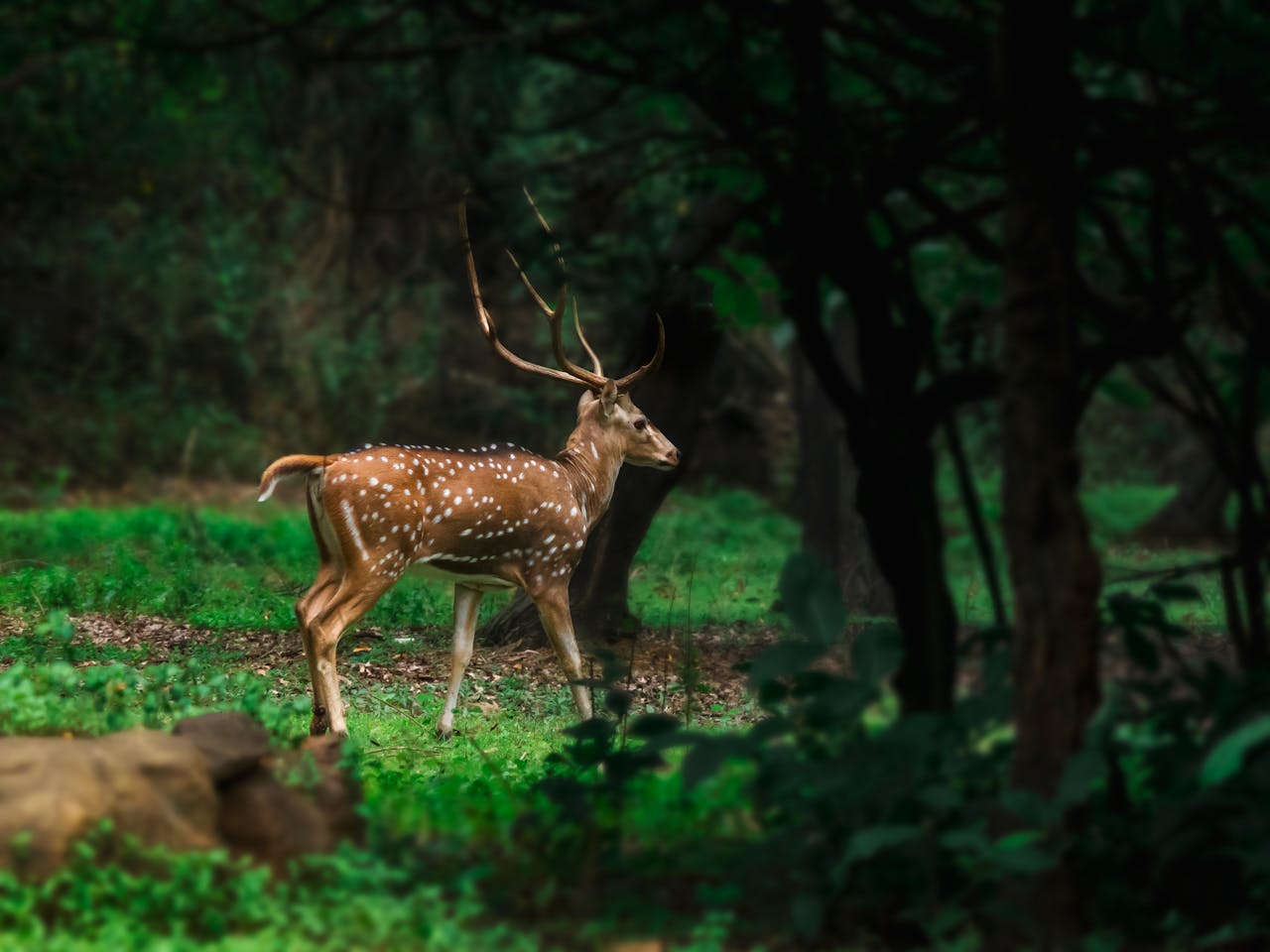What to know before visiting Sundarban
Sundarbans: Where Nature Paints Its Masterpiece
A World Heritage Wonder
The Sundarbans isn’t just a forest—it’s a feeling. Imagine standing on a boat, the salty breeze on your face, surrounded by endless mangrove trees. The water glistens under the sun, and in the distance, you hear the call of a bird or the rustle of leaves. This is the Sundarbans, a place where nature feels alive, wild, and untamed.
As the largest mangrove forest in the world and a UNESCO World Heritage Site, the Sundarbans is a treasure trove of biodiversity and natural beauty. It’s a place where the land and water meet, creating a unique ecosystem that’s unlike anywhere else on Earth.
The Land of the Royal Bengal Tiger
The Sundarbans is famous for one creature above all: the Royal Bengal Tiger. These majestic animals roam the dense mangroves, and spotting one is a once-in-a-lifetime experience. But the tigers are just the start. The Sundarbans is also home to:
- Spotted deer grazing by the water’s edge.
- Saltwater crocodiles resting in the mud.
- Irrawaddy dolphins playing in the rivers.
- Endless bird species, from kingfishers to eagles.
Every moment here feels like a wildlife documentary come to life.
A Maze of Mangroves and Rivers
The Sundarbans is a labyrinth of mangrove trees, tidal rivers, and small islands. The trees, with their tangled roots rising from the water, create a surreal landscape that’s both beautiful and mysterious.
Take a boat ride through the narrow creeks, and you’ll feel like an explorer discovering a hidden world. The silence of the forest is only broken by the sounds of nature—birds chirping, water splashing, and leaves rustling in the wind.
The People of the Sundarbans
The Sundarbans isn’t just about wildlife—it’s also about the people who call this unique ecosystem home. The Mawali (forest dwellers) and fishermen live in harmony with nature, relying on the forest for their livelihoods.
Visit one of the small villages along the riverbanks, and you’ll see a way of life that’s deeply connected to the land and water. The people here have stories to tell, from tales of tiger encounters to legends of the forest.
Activities That Take You Closer to Nature
The Sundarbans offers endless opportunities to connect with nature:
- Boat Safaris: Navigate the rivers and creeks to spot wildlife.
- Birdwatching: Spot rare and colorful birds in their natural habitat.
- Trekking: Explore the forest trails with a local guide.
- Fishing: Try your hand at traditional fishing methods.
For the adventurous, spend a night in the forest and experience the magic of the Sundarbans after dark.
A Sanctuary for Conservation
The Sundarbans isn’t just a beautiful place—it’s also a vital ecosystem. The mangroves act as a barrier against storms and rising sea levels, protecting the coastal communities.
Efforts are being made to preserve this fragile ecosystem, and visitors can play a part by choosing eco-friendly tours and respecting the environment.
How to Get There
The Sundarbans is accessible from:
- Khulna: The main gateway, from where you can take a boat or launch.
- Mongla: Another popular starting point for boat trips.
- Dhaka: Direct launches and tours are available from the capital.
Pro Tips for Your Visit
- Visit between November and February for the best weather.
- Carry lightweight, breathable clothing and sturdy shoes.
- Don’t forget insect repellent and sunscreen.
- Always follow your guide’s instructions for safety.
Why the Sundarbans Stays With You
The Sundarbans isn’t just a place—it’s an experience. It’s the sight of a tiger’s footprint in the mud, the sound of a dolphin breaking the water’s surface, and the smell of the salty air. It’s the feeling of being small in a vast, wild world.
When you leave, you’ll take a piece of the Sundarbans with you—a memory of nature’s raw beauty and the sense of wonder it inspires.









